Buy this bird art RED FLAMINGO // exotic by Rita Kuenen on canvas, ArtFrame, poster and wallpaper, printed on demand in high quality.
About "RED FLAMINGO // exotic"
by Rita Kuenen
About the artwork
The flamingo is a distinctly colony bird. In large groups, it inhabits lagoons and lakes of South America. Its preferred habitat is shallow, muddy water. Not only does it find its food there, but water and mud are also the two components it needs, to make its nest. Through an elaborate mating ritual throughout the colony, of marching, turning neck and head, calling and brushing each other's feathers, all female flamingos in the colony lay their eggs almost at the same time and also breed at the same time. This makes it very difficult for potential enemies. After all, pecking an egg from a bird nesting alone is much easier than attacking a lot of nesting birds. Of course, the birds on the outside of the nesting area enjoy the least and those in the centre the most protection. A young flamingo is grey and has a straight bill. For the first few weeks, it receives a kind of milk from its parents. This is produced in the upper parts of the stomach and given to the young through the beak #ouwehandsdierenpark

About Rita Kuenen
Hi, I am Rita Kuenen
Born and raised in the 1970s in the south of the country and mother of three children. In the era of analogue photography I was often found with my camera. I got my first digital camera after the birth of my son in 2003.
I..
Read more…
 Netherlands
Netherlands Ordered in January 2024
Ordered in January 2024
 Germany
Germany Ordered in April 2025
Ordered in April 2025
 Germany
Germany Ordered in June 2025
Ordered in June 2025
 Germany
Germany Ordered in January 2020
Ordered in January 2020
 Netherlands
Netherlands Ordered in June 2021
Ordered in June 2021
 Germany
Germany Ordered in April 2019
Ordered in April 2019
 Germany
Germany Ordered in January 2021
Ordered in January 2021
 Germany
Germany Ordered in February 2025
Ordered in February 2025
 Germany
Germany Ordered in May 2022
Ordered in May 2022
 Germany
Germany Ordered in December 2021
Ordered in December 2021
 Germany
Germany Ordered in September 2023
Ordered in September 2023
 Netherlands
Netherlands Ordered in June 2019
Ordered in June 2019

About the material
ArtFrame™
Interchangeable Art Prints
- High-quality print
- Easily interchangeable
- Acoustic function
- Large sizes available
Discover the artworks of Rita Kuenen
 Maastricht MestreechRita Kuenen
Maastricht MestreechRita Kuenen Dutch Glorious || flower vase || Still lifeRita Kuenen
Dutch Glorious || flower vase || Still lifeRita Kuenen Maastricht MestreechRita Kuenen
Maastricht MestreechRita Kuenen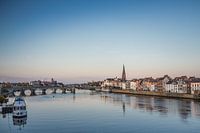 Maastricht in HDRRita Kuenen
Maastricht in HDRRita Kuenen I am ladybug // dotsRita Kuenen
I am ladybug // dotsRita Kuenen Dancing Shoes || Ballet || SportsRita Kuenen
Dancing Shoes || Ballet || SportsRita Kuenen I am Amsterdam // by nightRita Kuenen
I am Amsterdam // by nightRita Kuenen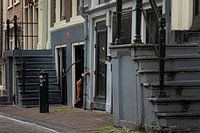 I am the lady with High Heels // Red Light DistrictRita Kuenen
I am the lady with High Heels // Red Light DistrictRita Kuenen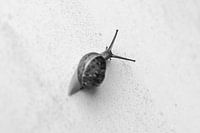 SLOW MOVE || snailRita Kuenen
SLOW MOVE || snailRita Kuenen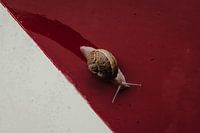 SLOW MOVE || snailRita Kuenen
SLOW MOVE || snailRita Kuenen de Violiste || String Instrument ||.Rita Kuenen
de Violiste || String Instrument ||.Rita Kuenen SUNSET || Colours in the sky || DenmarkRita Kuenen
SUNSET || Colours in the sky || DenmarkRita Kuenen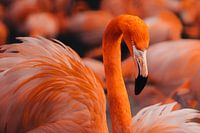 RED FLAMINGO // exoticRita Kuenen
RED FLAMINGO // exoticRita Kuenen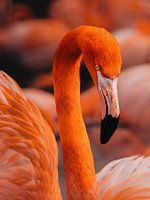 RED FLAMINGO // exoticRita Kuenen
RED FLAMINGO // exoticRita Kuenen ROTTERDAM || MartkthalRita Kuenen
ROTTERDAM || MartkthalRita Kuenen Skyline Rotterdam by Night || ErasmusRita Kuenen
Skyline Rotterdam by Night || ErasmusRita Kuenen Double bass // String instrument // MusicRita Kuenen
Double bass // String instrument // MusicRita Kuenen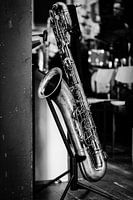 Saxophone // playing // MusicRita Kuenen
Saxophone // playing // MusicRita Kuenen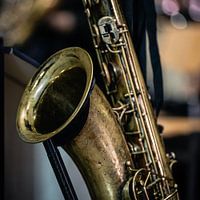 Detail of the Sax // Music // wind instrumentRita Kuenen
Detail of the Sax // Music // wind instrumentRita Kuenen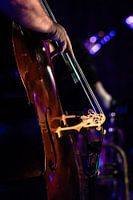 Double bass // String instrument // MusicRita Kuenen
Double bass // String instrument // MusicRita Kuenen
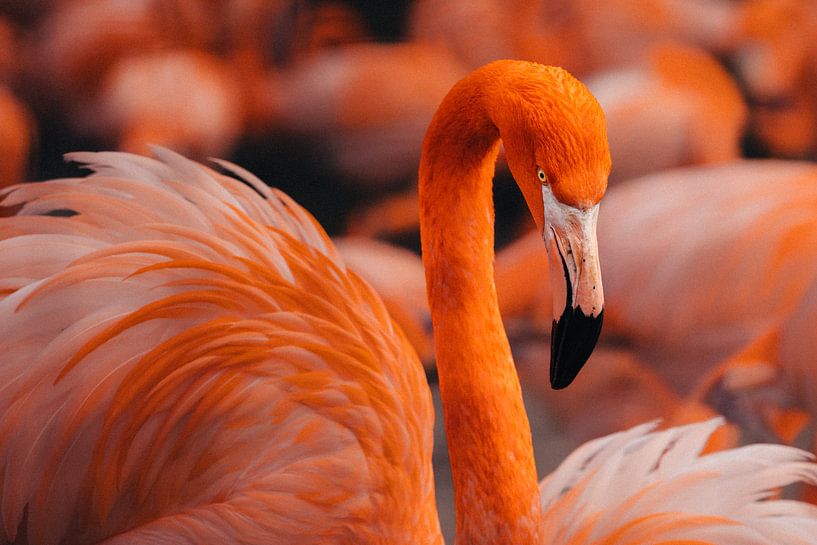












 Birds
Birds Cuba
Cuba Elegant Expressions
Elegant Expressions Flamingos
Flamingos Photo wallpaper
Photo wallpaper Photography
Photography Serene Peace
Serene Peace Vibrant Colors
Vibrant Colors Water
Water









